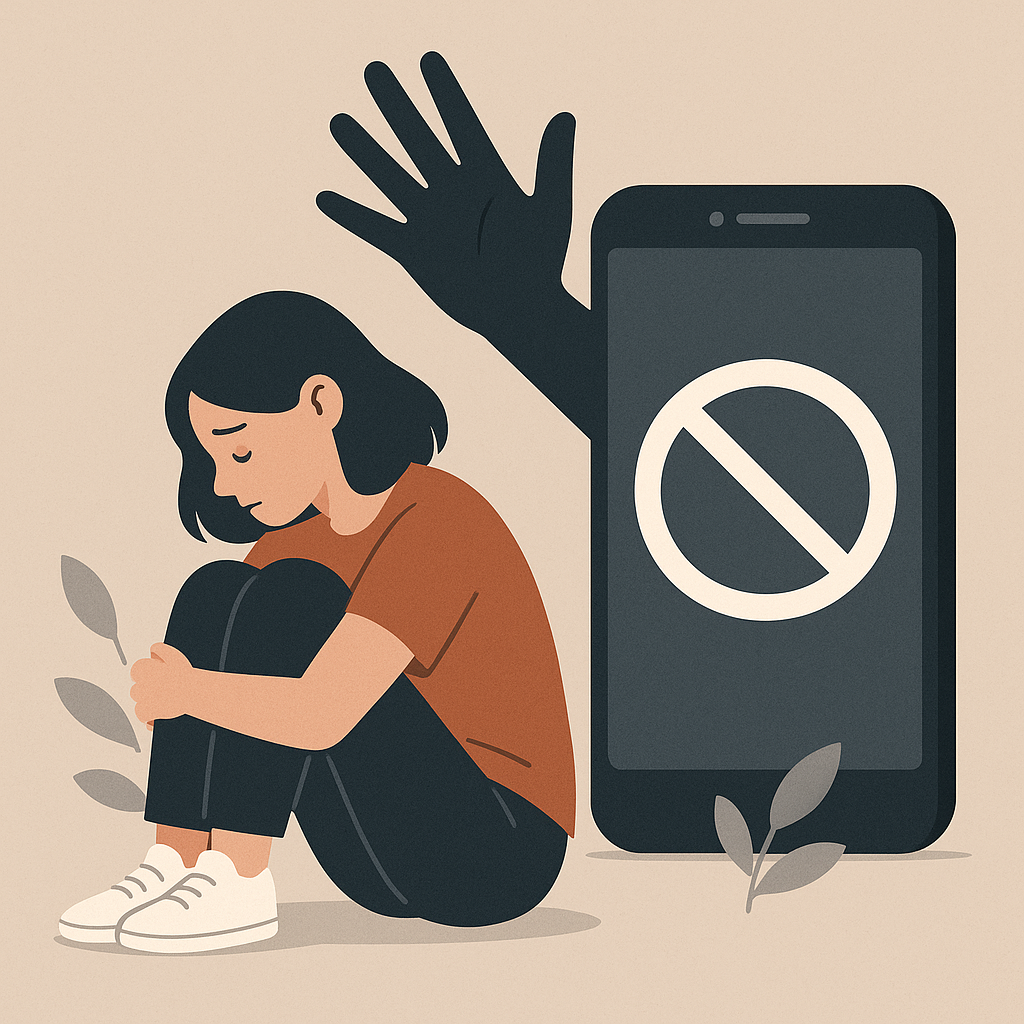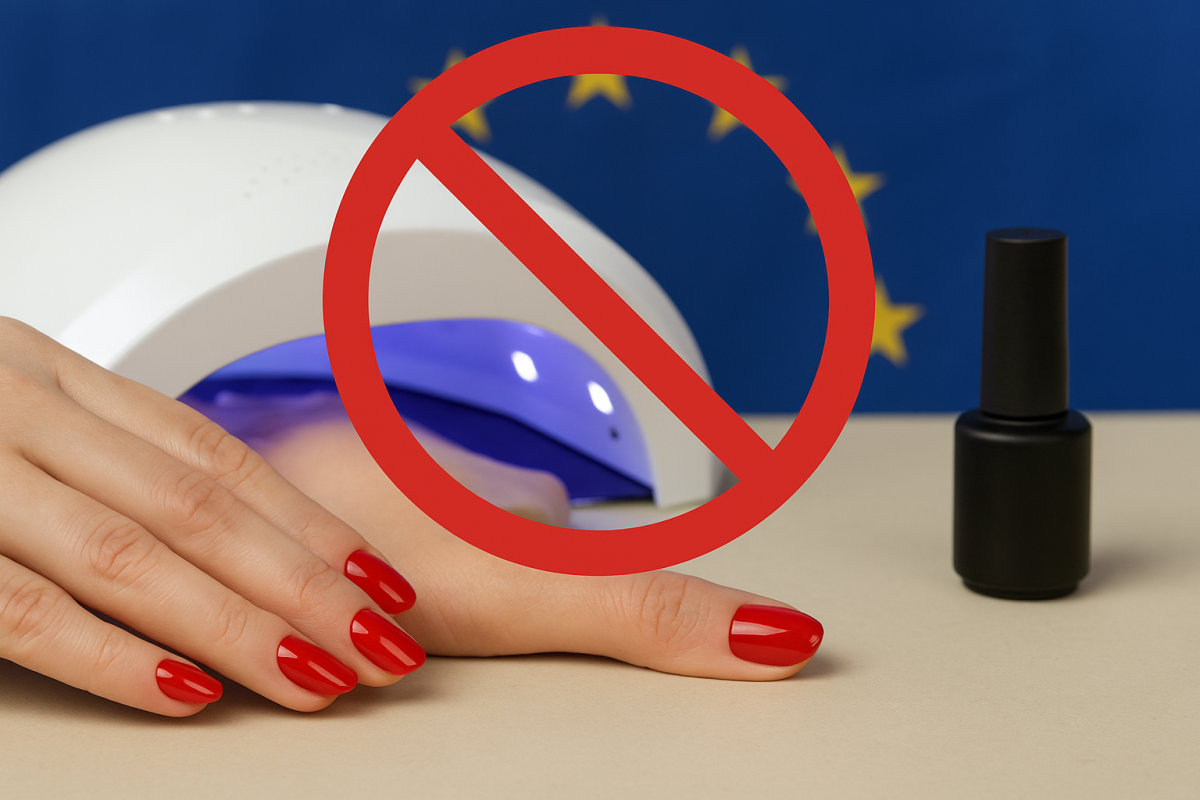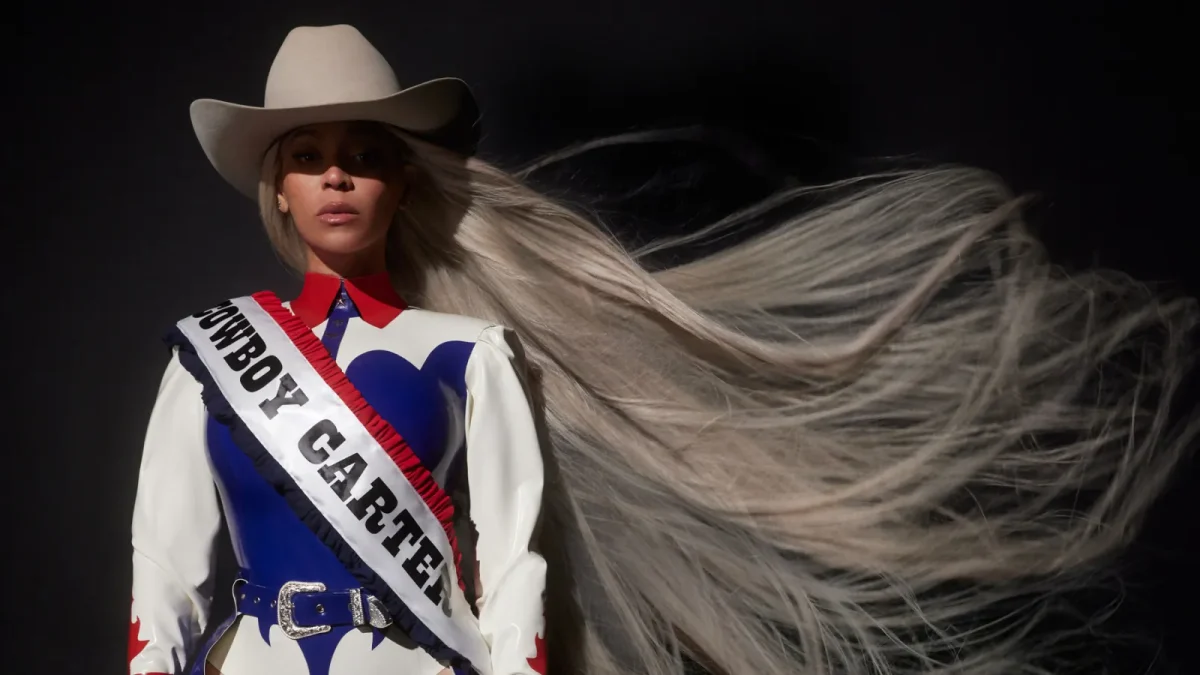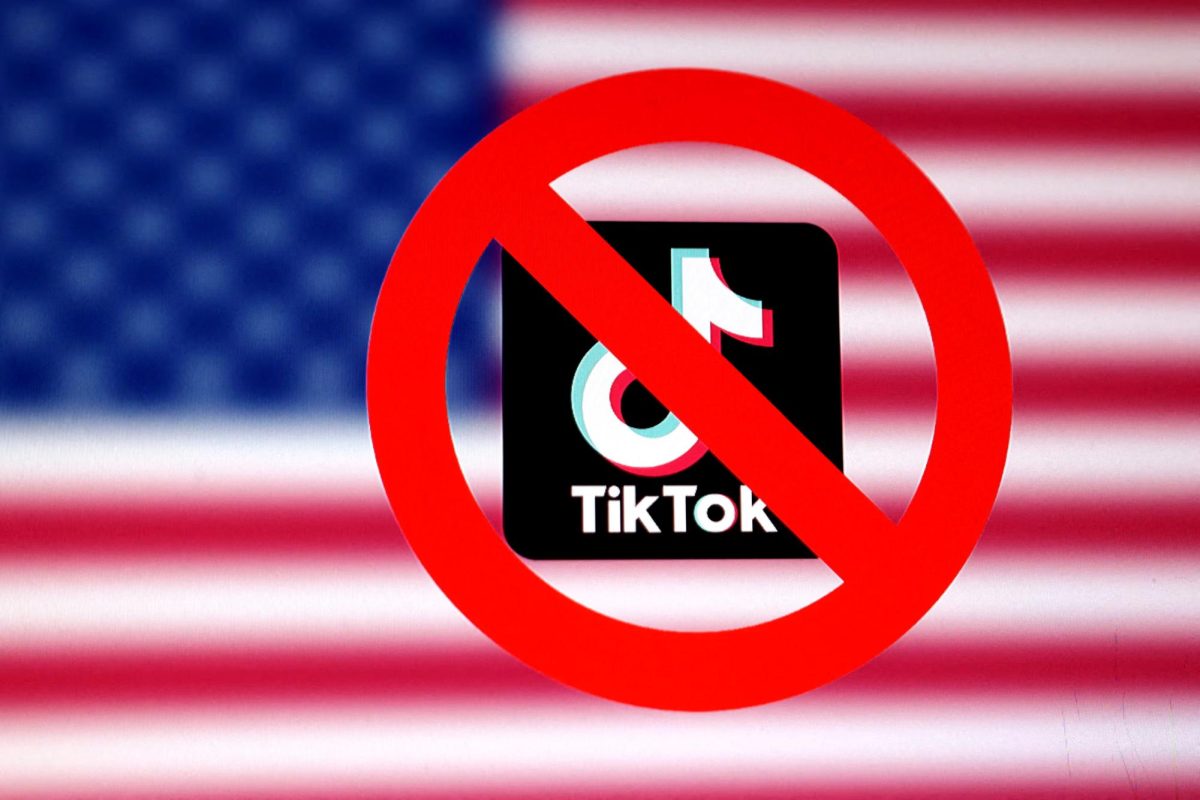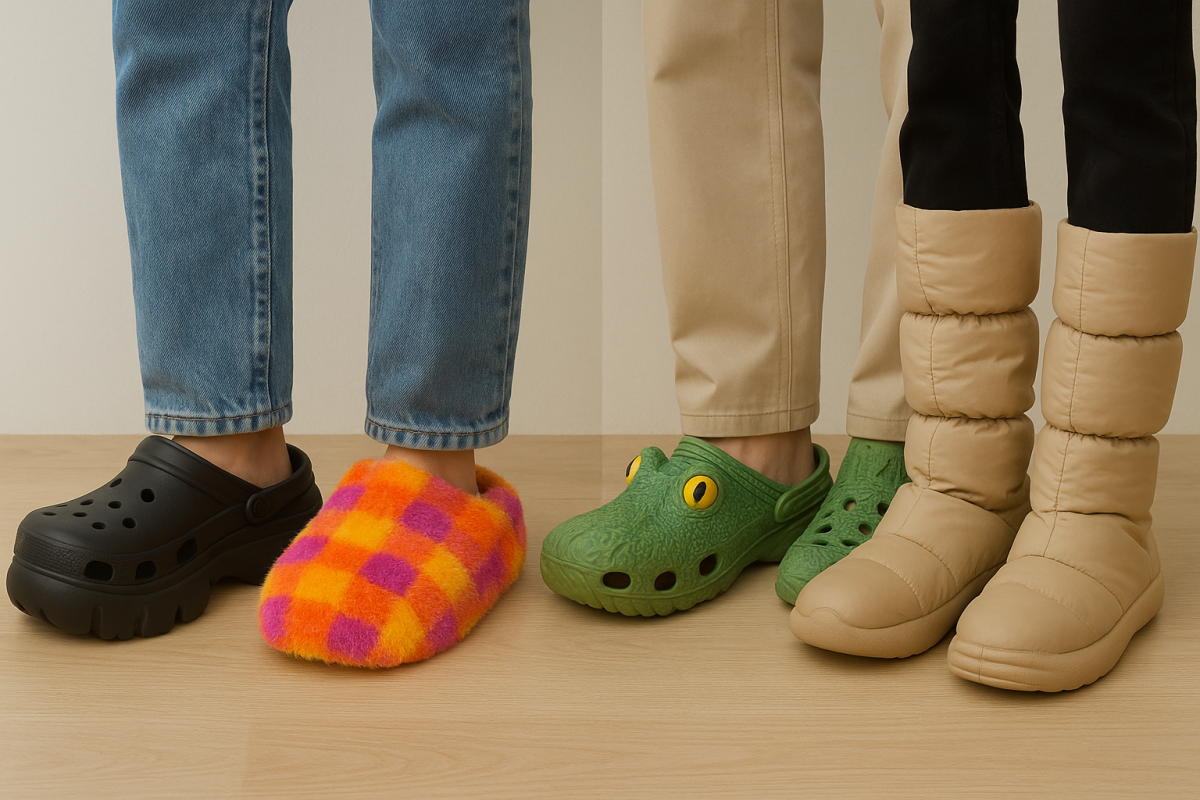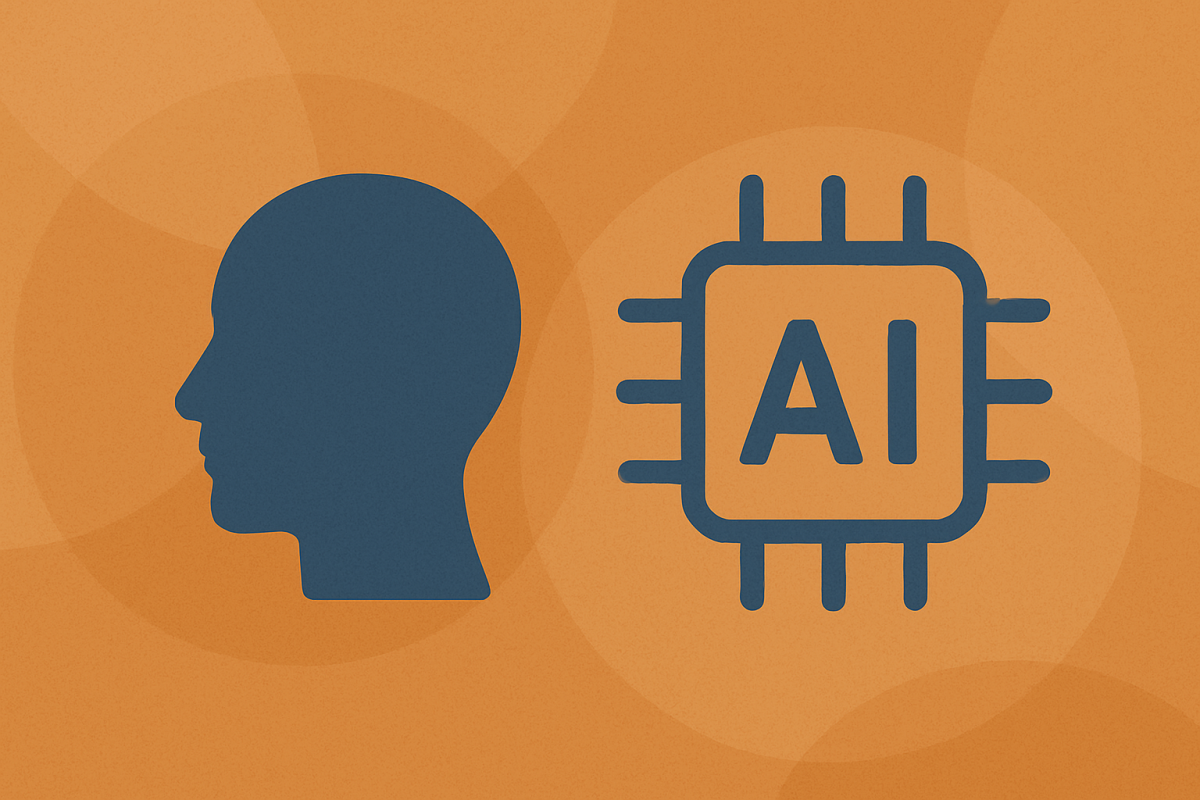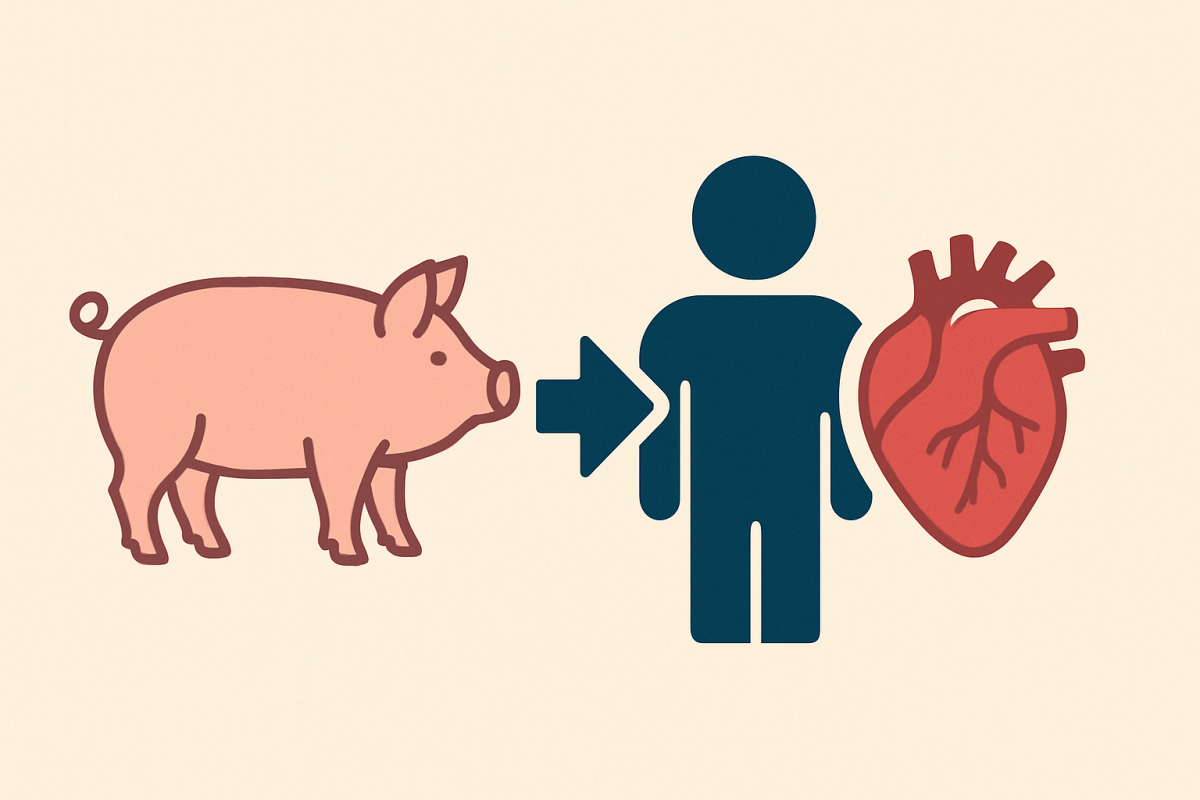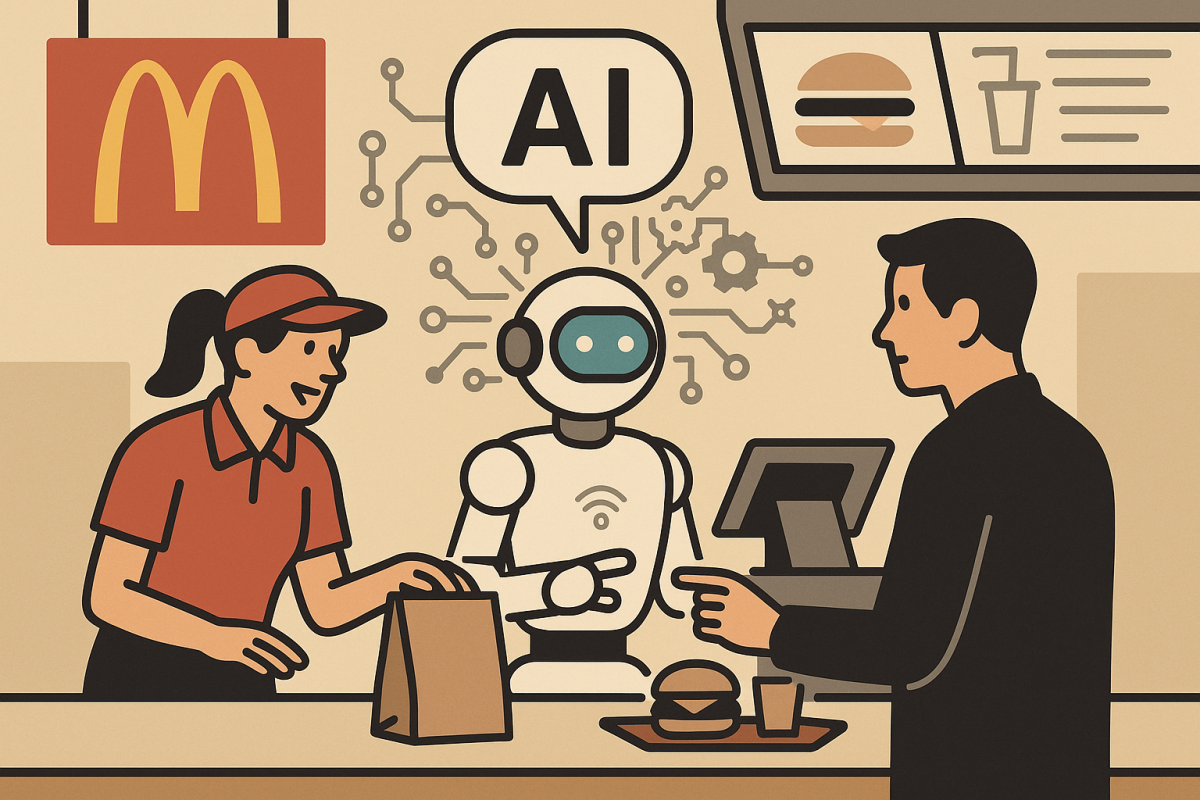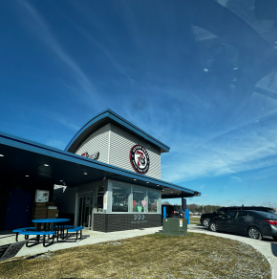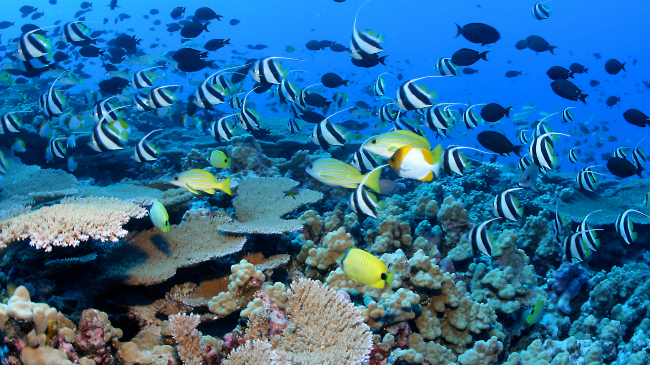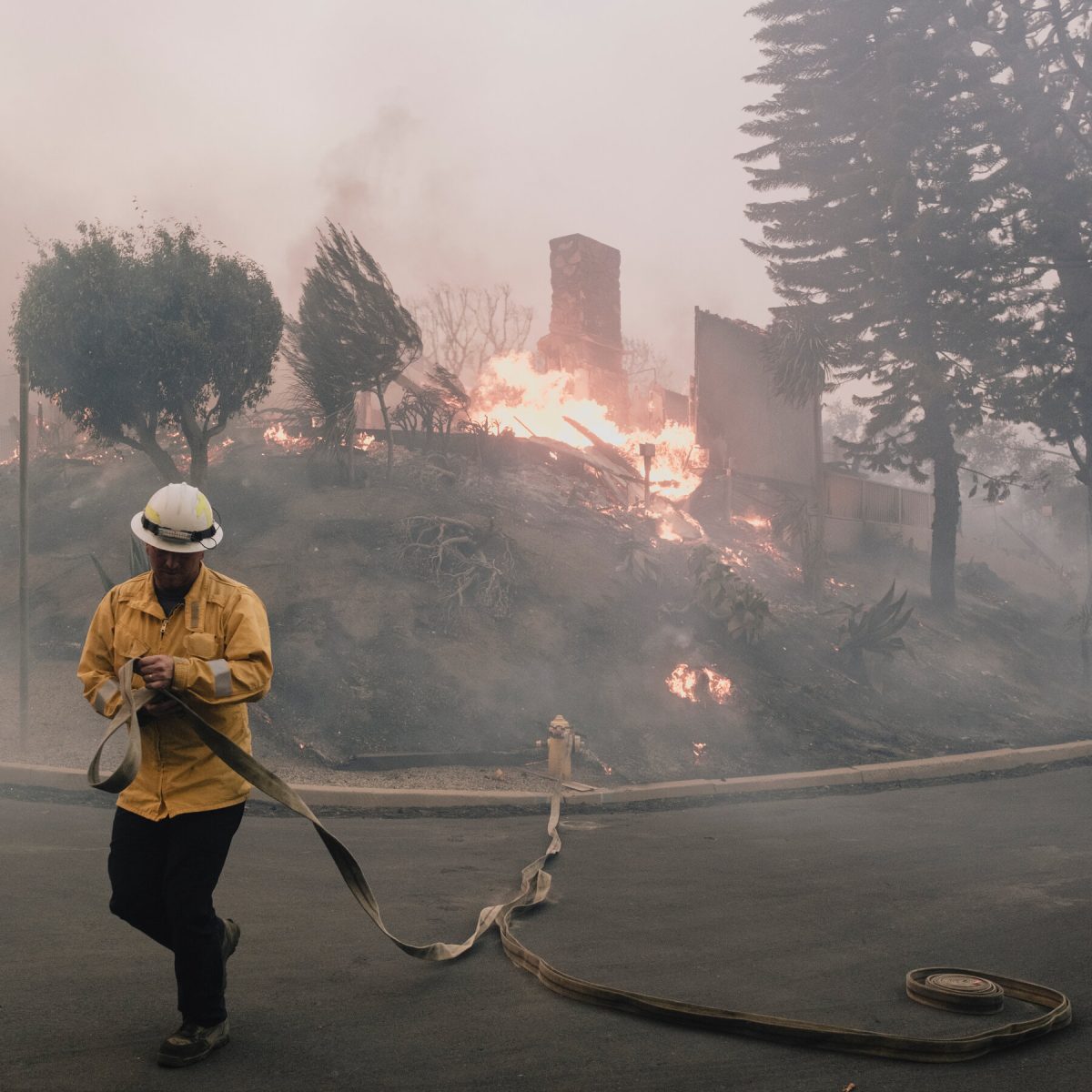Coral reefs are one of the most crucial parts of not only marine life, but also human life. The reefs produce 50% of the world’s oxygen, even though they only take up a very small part of the ocean. Not only do they give oxygen, but they create a natural barrier to protect and prevent damage from storms and floods. So the question is, why is the human race killing them? The answer is a multitude of things, but they all lead back to human decisions.
For decades, burning fossil fuels have helped with generating electricity, transportation, and other industrial processes. Even though burning fossil fuels have helped in that aspect, the process has been killing coral reefs for years. According to NASA’s Global Climate Change research team, fossil fuels have been the leading factor for ocean warming for years. Angela Colbert, who has her PhD in physical oceanology, says “The total heat stored by oceans rose 187 zettajoules from 1992 through 2019.” Zettajoules measure how much fossil fuels are emitted into the ocean. The coral reefs are not able to withstand the heat.
Similar to how humans are, corals like their homes to be a certain way. The smallest changes can throw the corals off guard. If this occurs, corals will go through something called, “Coral bleaching.” Coral bleaching occurs when the corals get so stressed that they release their zooxanthellae. Zooxanthellae are very small plant-like organisms that live inside the tissue of coral reefs. When these are released, corals reveal their skeletons. To be able to recover, corals need a good amount of time. Colbert says, “However, with climate change, the frequency of events like marine heat waves is increasing, leaving corals with insufficient time to recover.”
Carrie Wagar, science teacher and Environmental Club advisor at GHS, is concerned about the current state of the coral reefs. Wagar said that everything that lives in the coral reefs will die off if nothing is done to help. The marine life that lives in corals contribute in many different ways. Without them, lots of things could get messed up and go wrong. Wagar stated the main problem is climate change.
“Really, it’s ocean warming that’s causing the coral reef decline, so we really have to start looking at the things we do everyday that are causing climate change to occur,” said Wagar.
What can be done to help? There are things to be done at a local level. These include recycling, limiting the use of resources with harsh chemicals like fertilizers, and using environment friendly transportation. To be able to restore coral reefs, the process is more lengthy. The NOAA fisheries website says, “NOAA is also exploring the use of innovative techniques for growing and planting resilient, genetically diverse populations of key coral species that can adapt to evolving environmental conditions.” The NOAA has picked up on many different techniques to be able to restore the reefs. These include planting corals that were nursery-born back into reefs that live in the ocean, making sure that the habitat for the corals is safe, and rebuilding coral resilience to the dangers of climate change. Change is not going to happen quickly for the corals, but the work being done now can go a long way.
Categories:
Loosing our Marine Life
Coral Reefs Dying
Story continues below advertisement
0
Donate to Paw Print
$25
$1000
Contributed
Our Goal
Your donation will support the student journalists of Green High School. Your contribution will allow us to purchase licensing, equipment, software, and cover our annual website hosting costs.




